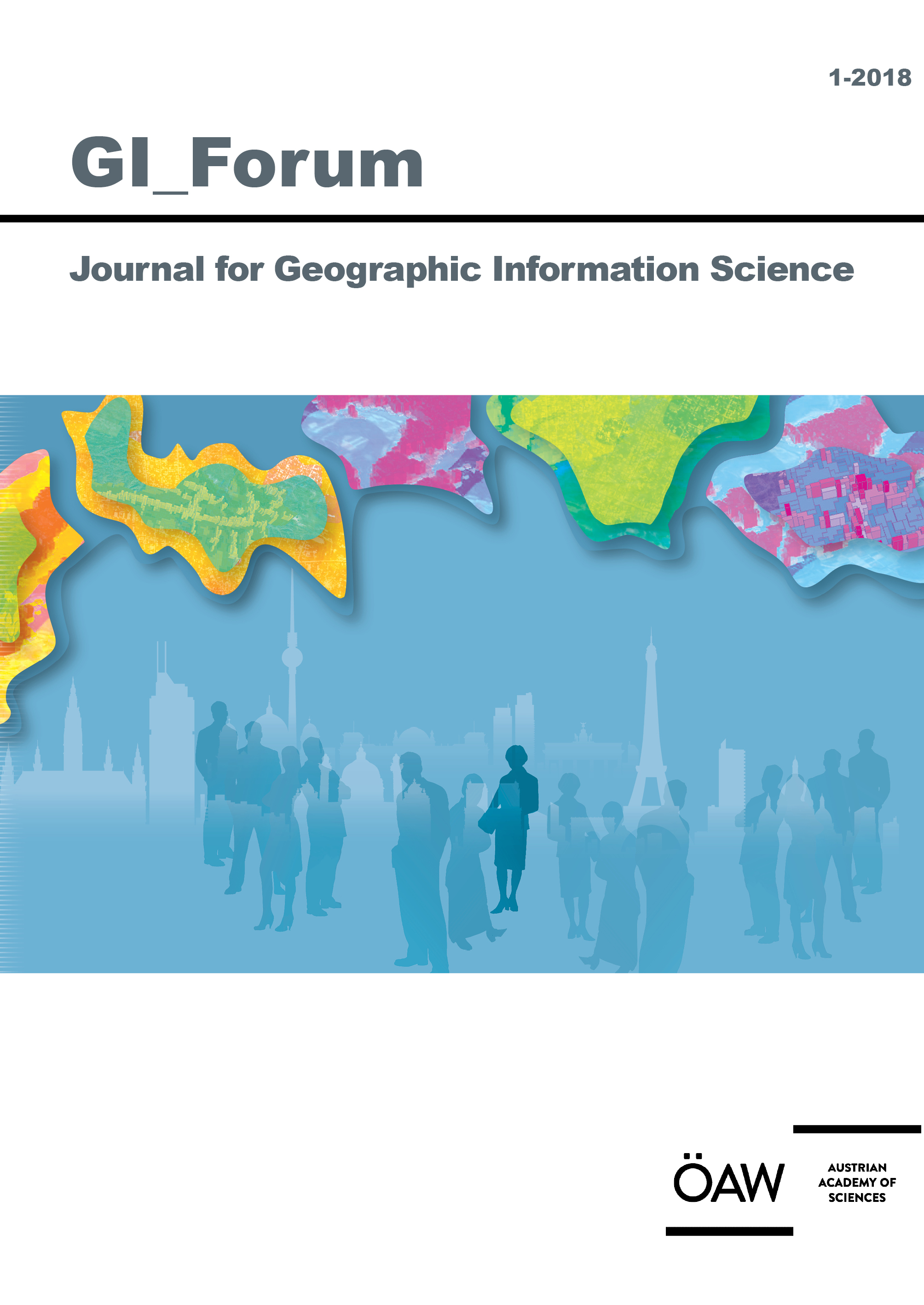
GI_Forum 2018, Volume 6, Issue 1, pp. 297-315, 2018/06/22
Journal for Geographic Information Science

The Harz National Park (NP) offers a well-developed path network with a total length of 813 km, as well as a high number of starting and destination points for hikes. It was visited by about 1.7 million visitors in 2014. Due to its large extent, an accurate measurement of visitor numbers and their spatio-temporal distribution is not feasible. This paper demonstrates the possibility of simulating visitor streams around Mt. Brocken buy using the agent-based model (ABM) methodology. The GAMA v1.7 RC2 modelling environment was chosen, be-cause it has very extensive spatial operators and simulation tasks, combined with an easy-to-understand modelling language. To reduce the simulation effort, a model reduction factor MRF = 10 was tested successfully: no significant change to the model was required. After an initial parameterization, a sensitivity analysis was conducted, with the results in-cluded in the final calibration. The observed error value was significantly reduced, from RMSEparam=0,3817 to RMSEcalib=0,1069, and therefore the model was applied to the study area. For the final validation, visitor numbers from other, independent investigations were used. In addition to the 12 main routes and 7 hotspots identified, basic socio-economic indicators emerged. Hikers’ changes in behaviour according to framework conditions were analysed, demonstrating the impact of current measures on the reduction of path use. The final result is a flexible and expandable baseline model, which provides a realistic picture of the spatial distribution of hikers in the study area and additional key so-cio-economic figures.
Keywords: agent-based model, Harz National Park, socio-economic monitoring, streams of visitors, groups of hikers